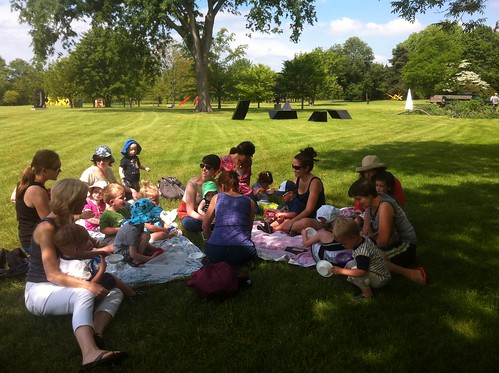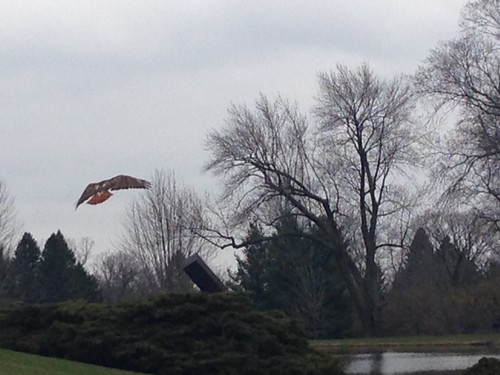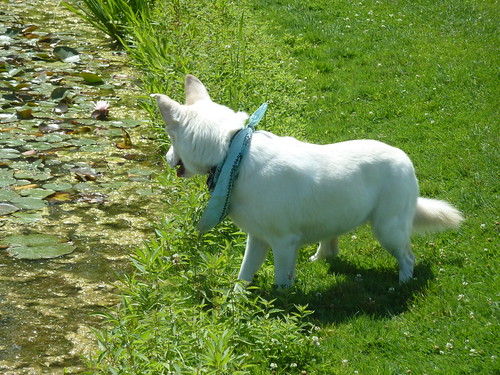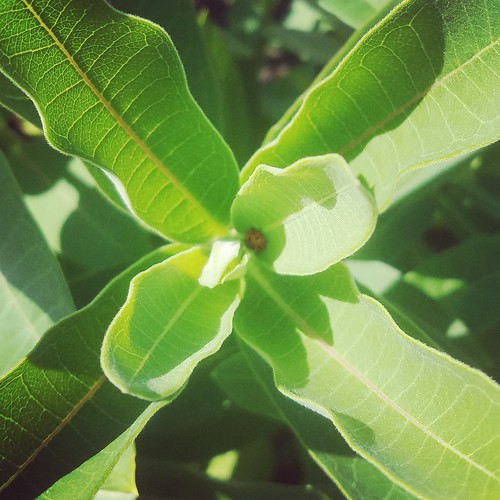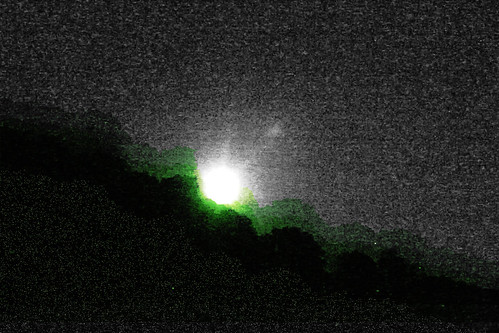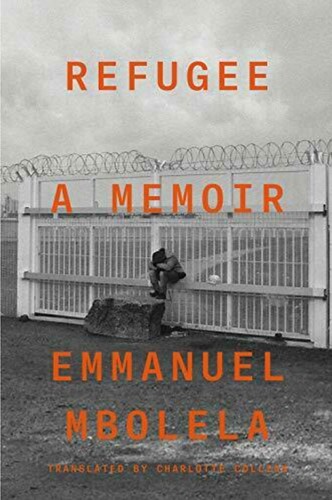
Sixteen Paths, 2021. Photo: Daniel McCullough.
Daniel Minter: Rootwork
June 20-September 26, 2021
Artist Reception: Saturday, July 24, 4-6 pm
FREE
Masks are required in the gallery.
Rootwork – to make repair well below the surface. To go deeper. To seek
the source of an issue. To look beyond the symptoms to identify the cause.
Rootwork (African American vernacular) – to use remedies rooted in
African spirituality to solve problems and influence nature. To use roots,
plants, and herbs for healing and influencing events.
Rootwork is the third iteration of “a distant holla,” an assemblage and collaging of Daniel Minter’s carvings, paintings, objects, and material created over a span of time but related by an ongoing personal narrative. Rootwork also includes new work but, as Minter says, “it’s all a continuum.” This collage-like approach to presenting his work runs counter to traditional ways of exhibiting art, with each work occupying its own space. “I've always wanted to commit things closer,” Minter observes. “I am working toward a practice where every piece that I make can have an intimate connection to whatever is connected to it. The notion that all things are connected is important to me.”
Rachel E. Harding, writing in the two essays appended below, describes Minter’s work as “an artwork reuniting Black people with their totems – the mythic resources and cultural sinew embedded in our historical experience” (2005) and as “a navigation system” (2019). According to Harding, Minter describes his art as “a technology; a mode of creativity that uses African diasporic sensibilities to enable an alternative understanding about the world; a way to recognize and access ancestral resources for individual and collective struggle.” Harding sees Minter’s work as both a strategy and a pedagogy, “instructing viewers in the essential elements of its language and suggesting ways to engage its multiple meanings” (2019).
The artist wants people to see the connections, not just between different works but between the themes and issues embedded in them. He intentionally repeats images, which he refers to as “keys,” in his work, where they appear in many forms, from tiny block prints to larger paintings. But always, this visual language--made up of “water and wind; fish and boats; musical instruments; brooms, axes and other implements of labor; bottles and bowls; Black people’s faces, bodies and hair; traditional foods like okra, black-eyed peas and greens; turtles; birds; and various representations of Spirit, the continuity of the lifeforce, and the power of healing in the world” (Harding, 2019)--is building and layering together a single concept.
Not only for African Americans, but for all of us, Daniel Minter is collecting the remnants, the totems, the simple images spilling with meaning, and giving them back to us as treasures, as lessons, as keys to our healing and our joy.
Rachel E. Harding, Daniel Minter’s Keys: Deciphering and Honoring Ordinary Blackness
This exhibition was a chance for Minter to use various mediums and techniques--carving, painting, printmaking--to name the things that are important to him: “The other realities that I see.” Minter adds, “I enjoy working with the materials at hand. Different materials are a way for me to express different sides to the story. Sometimes this requires soft, delicate, detailed work. Other times, it requires broad movement, heavy lines, rougher lines, or a different material altogether.”
Harding recognizes a “necessary usefulness and nurturing” in Minter’s work. She quotes Minter as saying, “My idea of the purpose of art is to give people ways of using their culture to solve everyday life problems.”
She continues, in her 2019 essay: “This emphasis on the utilitarian in his art is reflected in the metaphoric range of Minter’s symbols. Growing up in the small farming community of Ellaville, Georgia in the 1960s and 1970s, Minter’s vision and work emerged from the soil, sites, implements and histories of Black southern life. Minter’s art is heavy with gross materiality – thick planks of wood, found objects, metal, wire, stone, the heft of human presence in the world; and particularly, the physical and psychic weight of Black embodiment in the Americas, especially in the US Blackbelt South. And at the same time, there is an astonishing ephemerality in the work. Sometimes these two tendencies exist side by side, interwoven and conversing, in continuum.
“In some important ways, Minter’s mode aligns with that of other Black creatives – scholars, writers, musicians, dancers and visual artists – whose approach, sometimes considered afropessimist, acknowledges and explores the depth and breadth of the inherent antiblackness at the heart of modernity; its historicity; and the fact that it is not likely to disappear from the earth anytime soon…. What we see in Minter’s work is the profound recognition of the assault on, and the precarity of, Black life; melded to an equally essential emphasis on “another tone.” In fact, his greater accentuation is on the alternate timbres, which are also conceptual tools; those vital, transformative modes of being, that are cultivated over generations and that carry another meaning of the possible (an afrofuturist vision) at their heart. Minter’s art is the labor of tender excavation, unearthing the wisdom buried in the culture – sometimes deep in the terrain of memory, sometimes flat-footed in plain sight all around us. Minter’s vision helps us recognize and reinterpret the strengths and possibilities in a radically inclusive African American and Afro-diasporic vision of the world.”
Read more about Daniel Minter’s work:
Rachel E. Harding, Ph.D., Daniel Minter’s Keys: Deciphering and Honoring Ordinary Blackness, 2005
Rachel Elizabeth Harding, Quantum Exchange: The Diasporic Art of Daniel Minter
This exhibition and the residency of which it is a part, In the Healing Language of Trees: a natural act of transformation restructured for curing many ills, are supported by the Joyce Foundation through a 2021 Joyce Award to Daniel Minter and Lynden Sculpture Garden; the Brico Fund; the Chipstone Foundation; and the Greater Milwaukee Foundation.
About the Artist
Daniel Minter is an American artist known for his work in the mediums of painting and assemblage who works in varied media. His overall body of work deals with themes of displacement and diaspora, ordinary/extraordinary blackness; spirituality in the Afro Atlantic world; and the (re)creation of meanings of home. Minter’s work has been featured in numerous institutions and galleries including the Portland Museum of Art, Seattle Art Museum, Tacoma Art Museum, Bates College, University of Southern Maine, Center for Maine Contemporary Art, The David C. Driskell Center, and the Northwest African American Art Museum. As founding director of Maine Freedom Trails, he has helped highlight the history of the Underground Railroad and the abolitionist movement in New England. In 2018, Minter co-founded the Indigo Arts Alliance, a creative center in the city of Portland, Maine, dedicated to increasing the visibility of, and support for, Black and Brown artists. Indigo is the manifestation of a lifelong dream to create a place where art, ingenuity, social justice, and diasporic collaboration is seeded and nurtured.
 Fee: Winter & Spring Session (Jan. 12-May 25): $12/9 members for one adult and one child.
Fee: Winter & Spring Session (Jan. 12-May 25): $12/9 members for one adult and one child.
